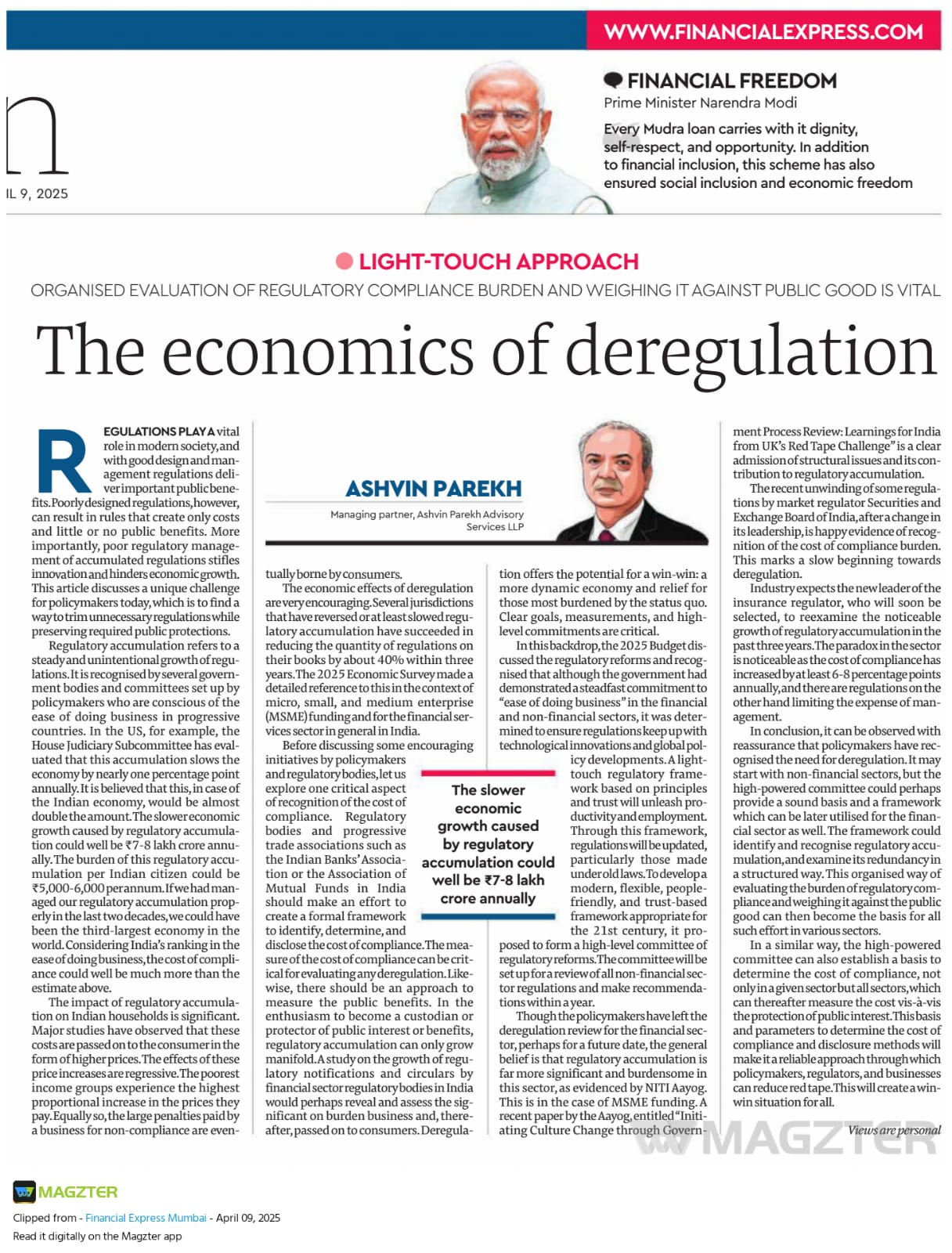by APAS Team
Share
by APAS Team
Share

As the world marked the 10th anniversary of the collapse of Lehman Brothers, which triggered the global financial crisis in September 2008, India’s leading infrastructure finance company, Infrastructure Leasing and Financial Services (IL&FS), defaulted on payments to lenders, triggering panic in the markets.
In September 2018, IL&FS defaulted on a repayment of INR 1 billion to the Small Industries Development Bank of India (SIDBI). This came after a series of defaults starting in August, when IL&FS Financial Services, one of its main subsidiaries, defaulted in payment obligations of bank loans (including interest), term and short-term deposits and failed to meet the commercial paper redemption obligations. The company also reported that it had received notices for delays and defaults in servicing some of the inter-corporate deposits accepted by it. The financial services arm has about USD 500 million in repayments that are due in the second half of this fiscal, while it has only about USD 27 million available.
The defaults sparked panic among equity investors and several non-banking finance companies (NBFCs) faced turmoil amid a default scare. The investors turned wary of the whole sector. Banks are the major resource avenue for NBFCs. After defaults by IL&FS, both public sector and private sector banks almost stopped lending to NBFCs and housing finance companies (HFCs), adding to their worries. Additionally, the growing interest rates added pressure on the margins of NBFCs and raising capital became tough. Defaults in such a scenario will keep potential investors away from the debt instruments of companies in this space.
As infrastructure became the central theme in the past two decades, IL&FS had used its first mover advantage to lap up projects. In the process, it has built up a debt-to-equity ratio of 18.7. The group has at least 24 direct subsidiaries, 135 indirect subsidiaries, 6 joint ventures and 4 associate companies and its consolidated total debt stands at about INR 91,000 crore. Stakeholders and market experts are pointing fingers at the auditors and the credit rating agencies for failing to catch the coming troubles at IL&FS. One reason for that was, perhaps, the shareholding and the projects and the dozens of subsidiaries that made things even more complicated for them.
Three rating firms – ICRA, India Ratings and Research, and Brickwork Ratings – had downgraded the debt instruments of IL&FS and the group firms they rate, between May and July, but none of them had assigned a default status, citing strong state-owned promoters and shareholder backing. Some of its major shareholders include LIC, SBI, ORIX Corporation of Japan, Abu Dhabi Investment Authority (ADIA), HDFC and Central Bank of India. It was only after the first default in early September that the ‘default’ rating was finally assigned. The papers were downgraded in a matter of two weeks. The swift downgrading of the parent company’s ratings has once again highlighted that placing undue importance on promoter backing and parentage can cost dearly.
The problem is in the peculiar nature of IL&FS. First, it is a private company, which acts as a quasi-government arm, because it lends to the infrastructure sector and has a lot of big government companies as shareholders. More importantly, it is both a lending institution as well as an execution company. It has bid, won and taken on projects under various subsidiaries, which have raised debt financing, both from the parent as well as from the market. The subsidiaries were needed to be created because the government regulations mandate that each concession-based infrastructure project should be a separate entity, because loans are taken specific to that entity and project. With IL&FS taking on so many projects, it became a highly opaque structure, with the government as a partner in most of its projects, which gave many the feeling of comfort that the risks were underwritten by the government. The RBI had visibility of its bank loans, however, perhaps, it did not have enough and complete data about the rest of its borrowings from insurance companies or the corporate debt that it had raised.
One of the lessons may be that it is not prudent to have an NBFC, also in the business of execution of some of the infrastructure projects. A pure lending agency would have probably been monitored more closely by the RBI. Equally, execution agencies about to get into cash flow trouble are far easier to spot, because they are also not raising debt as lending NBFCs. The infrastructure business of IL&FS also had its contribution to its current distress. The company is a roads operator and also has a few other transportation projects such as metro rail operations. Some of these projects have been affected by rising financial distress, including traffic shortfalls below projection, cost overruns and compensation disputes with regulators. The 2013 land acquisition law also made many of its projects unviable.
The government needs to look at long-term solutions for pending clearances and payments by central agencies for infrastructure projects. It also needs to figure out why so many infrastructure projects run into cash flow and other financial problems, which creates problems for their lenders. This is a big problem, because infrastructure is a long gestation business, while finances raised are for shorter tenures, thus causing asset-liability and cash flow mismatches. Moreover, issues related to land acquisition, environmental clearance, policy flip-flop, political interference and rapidly changing external dynamics make infrastructure financing particularly risky. Cost and time overruns are inevitable. These issues need to be addressed so that banks and NBFCs can be ring-fenced from the risk associated with financing infrastructure.
STAY IN THE LOOP
Subscribe to our free newsletter.
The slower economic growth caused by regulatory accumulation could well [...]
Navigating the Future of Consulting: The Role of Digital Transformation [...]
HDFC Bank Completes Merger, Forging a Financial Powerhouse and Global [...]



